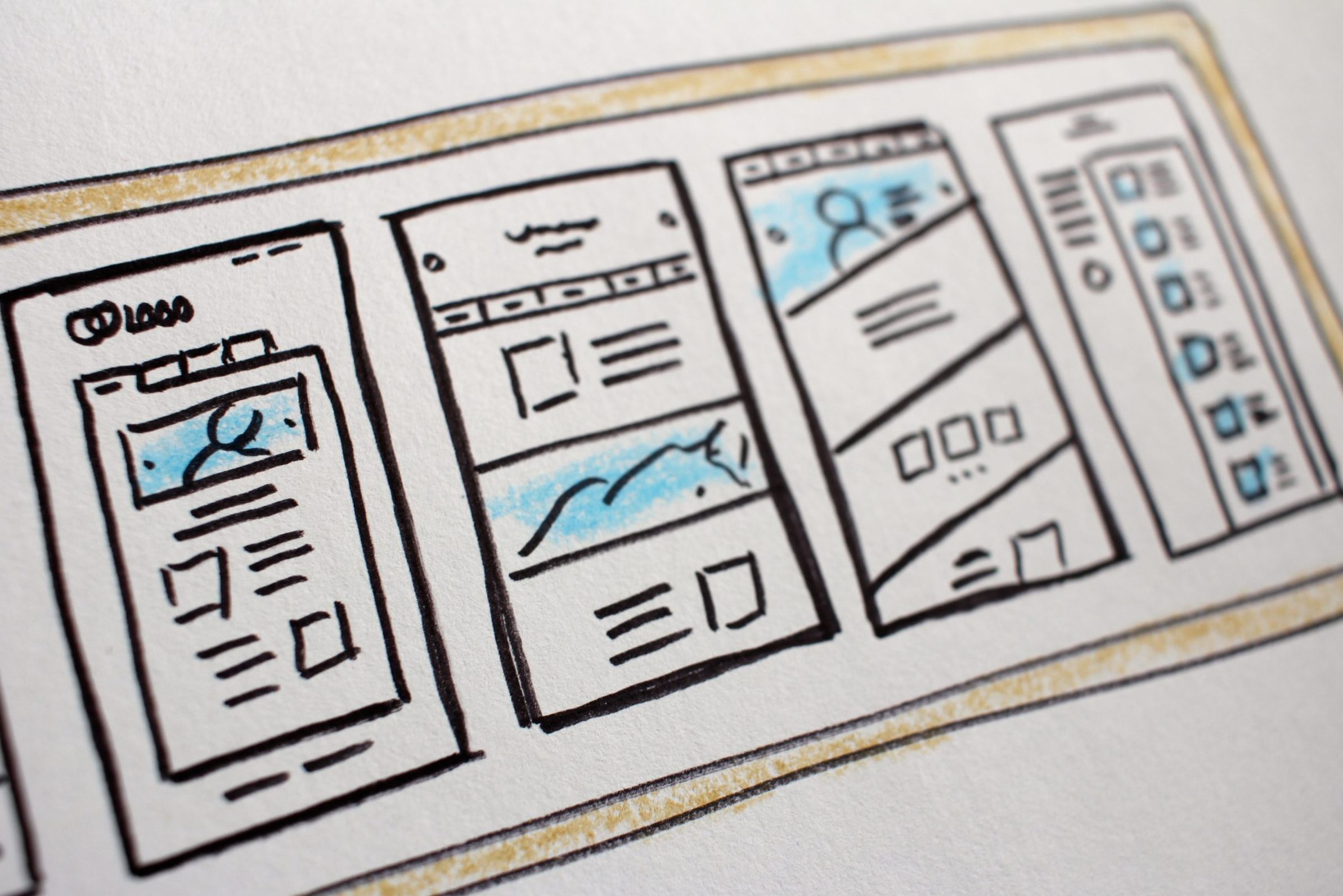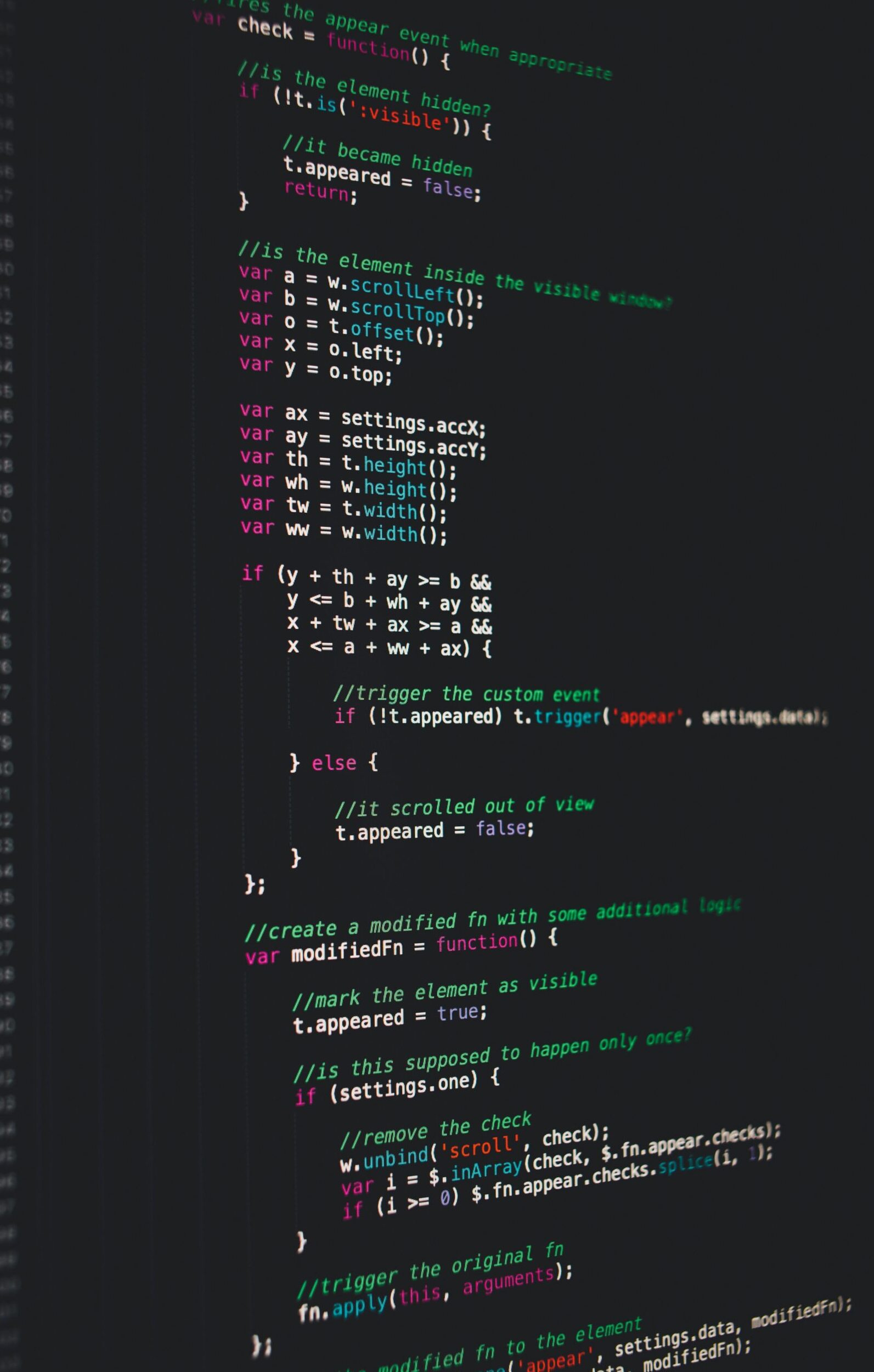Latest trends in web design and their impact

Latest trends in web design can be both an exciting and daunting prospect for businesses. On the one hand, it is an opportunity to stay ahead of the curve and be seen as an innovative company. On the other hand, it can be a lot of work to keep up with the latest trends and make sure your website is looking its best.
Some of the latest trends in web design include responsive design, parallax scrolling, and flat design. Responsive design is important because it ensures that your website will look good on all devices, from phones to tablets to desktop computers. Parallax scrolling creates a more immersive experience for visitors by adding depth and movement to your website. Flat design is a clean and minimalistic approach that is becoming increasingly popular.
When considering which trends to incorporate into your own website, it is important to think about your audience and what would appeal to them. You also need to make sure that your website is still easy to use and navigate; after all, no one wants to visit a site that is difficult to use. Keeping up with the latest trends in web design can be a lot of work, but it is definitely worth it if you want to create a site that looks modern and appealing.
Exploring recent impacts on user experiences
User experience (UX) is a term that refers to all aspects of a person’s interaction with a company, its products, and its services. It encompasses everything from how a person feels when they first see a company’s website to how they feel after using one of its products or services. Creating a positive UX is essential for any company that wants to remain competitive in today’s marketplace.

There are many factors that can impact a person’s UX, but the latest trends in web design are definitely having an impact. These trends include responsive design, material design, and microinteractions.
Responsive design is important because it ensures that a website looks good on all devices, from desktop computers to mobile phones. This is crucial in today’s world where so many people use their phones to access the internet. Material design is another trend that is having an impact on UX. This style of design uses shadows and depth to create a more realistic look and feel. Microinteractions are small animations that help guide users through a website or app. They are designed to help people understand how to use a product or service and can improve the overall UX.
All of these trends are important to consider when creating or revamping a website. They will help ensure that your site looks good and functions well on all devices and provides a positive experience for your users.
Examining technical implications for developers
As a developer, it is important to stay up to date with the latest trends in web design. This helps ensure that your skills are relevant and that you are able to meet the needs of your clients. It can also help you to identify new business opportunities.
There are a number of emerging trends in web design that are worth paying attention to. These include:
1. The use of chatbots.
2. The rise of voice search.
3. The increasing popularity of AMP pages.
4. The growth of digital assistants.
5. The rise of mobile-first design.
Each of these trends has implications for developers. For example, chatbots can be used to create interactive experiences for website visitors. Voice search presents an opportunity to optimise websites for spoken queries. And AMP pages can help to improve the loading speed of websites on mobile devices.

Appreciating how adaptive designs impact website performance
In the past few years, adaptive designs have become increasingly popular among web designers and developers. The main reason for this popularity is the fact that adaptive designs have a positive impact on website performance. In this article, we will take a closer look at some of the latest trends in web design and how they impact website performance.
One of the latest trends in web design is the use of responsive design. This approach allows designers to create websites that look great on all devices, including smartphones and tablets. responsive design also has a positive impact on website performance because it eliminates the need to create separate versions of a website for different devices.
Another trend that is impacting website performance is the use of HTML5 and CSS3. These two technologies allow designers to create websites that are more efficient and faster loading. They also improve the overall user experience by providing better support for multimedia content and animations.

Finally, another trend that is impacting website performance is the use of content management systems (CMS). CMSs allow designers to easily create and manage websites without having to code everything from scratch. This approach leads to faster development times and less errors.







